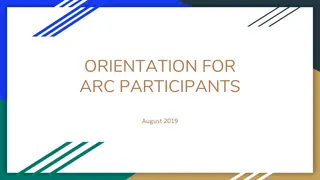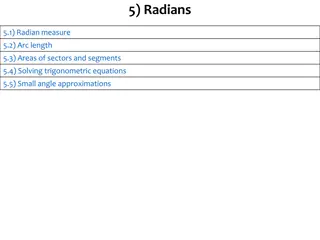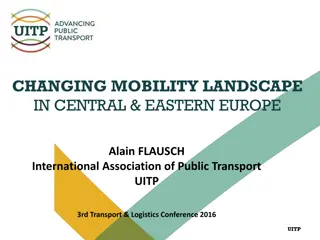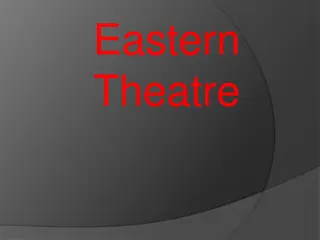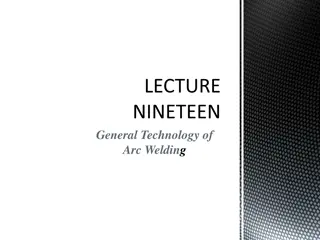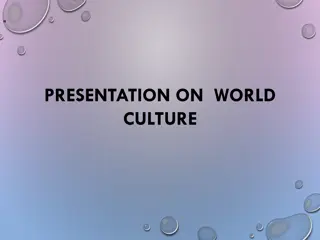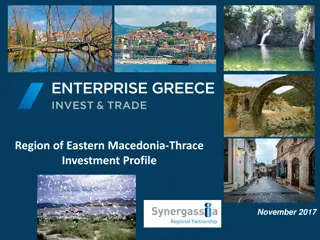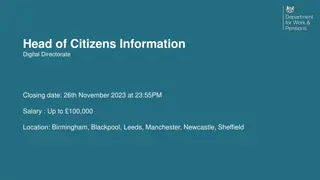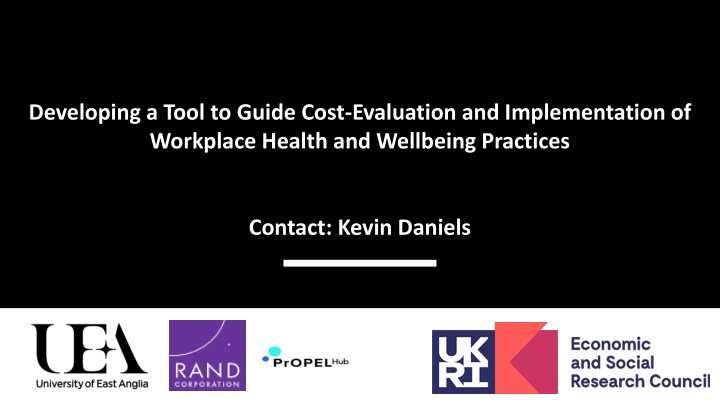
Workplace Health and Wellbeing Cost-Evaluation Tool
Develop a tool for assessing costs and implementing workplace health and wellbeing practices. Includes acknowledgements and case studies on productivity and cost-effectiveness for Britain's Healthiest Workplace. Details processes, savings, workforce wellbeing, and programme implementation approaches.
Download Presentation

Please find below an Image/Link to download the presentation.
The content on the website is provided AS IS for your information and personal use only. It may not be sold, licensed, or shared on other websites without obtaining consent from the author. If you encounter any issues during the download, it is possible that the publisher has removed the file from their server.
You are allowed to download the files provided on this website for personal or commercial use, subject to the condition that they are used lawfully. All files are the property of their respective owners.
The content on the website is provided AS IS for your information and personal use only. It may not be sold, licensed, or shared on other websites without obtaining consent from the author.
E N D
Presentation Transcript
Developing a Tool to Guide Cost-Evaluation and Implementation of Workplace Health and Wellbeing Practices Contact: Kevin Daniels AHRC
Acknowledgements ESRC grant nos: ES/S012648/1 (ProPEL programme) ES/T001771/1 (ProPEL hub) ES/N003586/1 (What Works Centre for Wellbeing) NGEC Good Jobs Project UEA: Marijana Baric, Sara Connolly, Kevin Delany, Abasiama Etuknwa, Roberta Fida, Helen Fitzhugh, Martin Hogg, Ivan Mitchel, Rachel Nayani, Emike Nasamu, Jana Patey, Molly Rushworth, Antonina Semkina, Kristy Sanderson, Olga Tregaskis, David Watson RAND Europe: Chris von Stolk, Mike Whitmore, Fay Dunkerly, Clement Fays, William Phillips, Cloe Gendronneau Plus: Mark Bryan (Sheffield), Alita Nandi (Essex), Simonetta Longhi (Reading), Cigdem Gedikli (now Swansea), Chidiebere Ogbonnaya (now Sussex), Martin Stepanek (Vitality) 2
Eight case studies, n 80 three waves of data collection Britain s Healthiest Workplace Repeated measures, multisource survey Three uses: Fx of multicomponent programmes Fx on productivity (Differential) cost-effectiveness 22/04/2025 Welcome to UEA 3
Im going to implement X using processes A, B & C I expect to make OOO savings over P years I m going to use X1 (+ X2 . XN) practice It s going to cost me Y <Z% of my workforce have low wellbeing after P years Z% of my workforce have low wellbeing 4
Im going to implement programme X using processes A, B & C Accumulated learning Changed organisation 5
Catalysts Create new norms and replace old ones through symbolic action Communicatecoherence of programme Agents Communicatecoherence of programme and the new norms to change the culture Display commitment through encouraging proactive engagement with programme and dialogic structures and processes through which the programme Practitioners Create new norms and replace old ones and build the business case Communicatecoherence of programme Ensuring new practices are consistent with existing beneficial/non-harmful norms and practices adapts and evolves Display commitment through learning and adapting the programme through understanding workers changing needs and preferences by establishing inclusive, proactive governance and structures processes for understanding workers changing needs and preferences and addressing these in a genuine manner Involves negotiating the dynamics of the paradox of universal provision (application of rules) and needs of specific groups or individuals, bottom-up initiatives (values based) Implementers Can be practitioners Can be operations level managers Imagine a space what kind of organisation do we want to be 2. Make that space 3. Foster that space 1. 4. Evolve that space And so on
Phrased around a space metaphor C P A I C C C C C Engaging, allows non-linearity and no fixed starting point In built calculator engineering shed Progressive evolution in governance, practices & and accumulating synergies



